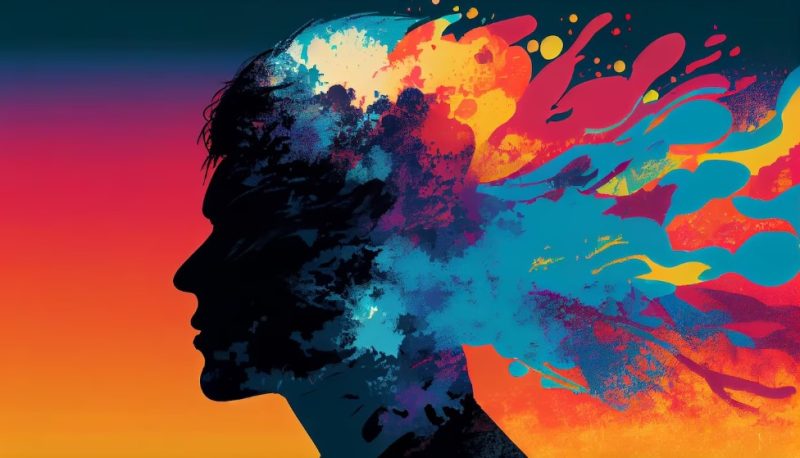
Gone are the days when political campaigns were only about grassroot movements, community events, and TV commercials. The landscape has drastically changed, particularly with the advancement in digital technology. Enter Artificial Intelligence (AI)—a technology that’s gradually seeping into every facet of our lives, including the realm of politics.
The Rise of AI in Politics
Artificial Intelligence is no longer just fodder for sci-fi thrillers. This incredible technology is revolutionizing various industries, including healthcare, finance, and now, politics. From data analytics and voter profiling to social media bots, AI’s influence is being felt across political spheres. But what really captures our imagination is its role in creating photos—more specifically, AI-generated photos.
Understanding AI-Generated Photos
What Are AI-Generated Photos?
AI-generated photos are not your run-of-the-mill images. They are crafted using complex machine learning algorithms. Unlike traditional photography, which captures a moment in time, these photos are born from lines of code and fed by big data, resulting in images that can be shockingly realistic.
How Do They Work?
It may sound simple, but the technology is anything but. These algorithms sift through an enormous amount of data, picking up intricate patterns related to human faces, clothing, and even various emotional states. They then utilize this data to fabricate photos that are extraordinarily lifelike. Essentially, what would take a human designer hours, or even days, can be done by AI in a matter of seconds.
The Old and New: Traditional Campaign Imagery Vs. AI-Generated Photos
Political Campaigns Before AI
In the past, a political campaign’s visual representation would cost a small fortune. High-quality photography sessions, professional editing, and meticulous graphic design would all contribute to a lengthy and expensive process. This meant fewer resources to allocate to other equally important aspects of campaigning, like grassroots initiatives or community outreach.
The AI Revolution
Fast-forward to today, and AI-generated photos are revolutionizing this space. Campaign managers can now simply select specific criteria like age, ethnicity, and even the sentiment they wish to portray, and voila—a tailor-made image is generated. This efficiency is not just incredible; it’s revolutionary in reducing costs and time.
The Potential Impact of AI-Generated Photos on Political Campaigns
Hyper-Targeting the Audience
The ability to hyper-target campaign materials to different demographic groups is one of the most compelling advantages of AI-generated photos. You could, in theory, send different campaign ads to different age groups, ethnic backgrounds, or genders, each with a face that looks like “one of them.” This could lead to incredibly personalized voter engagement.
Authenticity and Personalization
And it’s not just about representation. These photos also allow for a level of authentic emotional connection. Imagine a campaign ad that not only features someone who looks like you but also seems to share your concerns and aspirations. With AI-generated photos, this kind of hyper-personalization is not just feasible; it’s already happening.
Cost and Efficiency
And let’s not forget the cost benefits. The affordability of AI-generated photos makes it easier for even smaller campaigns to compete with well-funded opponents. No need to hire expensive photographers or designers—AI can handle that for you, and at a fraction of the cost.
Ethical Concerns
Misinformation and Deepfakes
AI-generated photos are a technological marvel, but they come with their own set of ethical landmines. Deepfakes, or manipulated videos and images that appear strikingly real, pose a genuine threat in disseminating misinformation. AI-generated photos could, if misused, contribute to this growing issue, making it difficult for voters to discern fact from fiction.
Ethical Boundaries
Ethics and technology often find themselves at odds, and AI-generated photos in political campaigns are no exception. The use of AI-generated imagery might be construed as deceptive, especially if used without disclosure. This raises pertinent questions around the ethical responsibilities that political campaigns have toward their audience.
Regulatory Measures
Current Regulations
As it stands, regulatory frameworks are playing catch-up with technology. There are limited regulations governing the use of AI in political campaigns, leaving a murky area where unethical practices could flourish. In this void, the onus falls on the campaigns themselves to self-regulate, a situation that is far from ideal.
What More Needs to Be Done?
Clearly, there is a need for more comprehensive regulations that address the specific challenges posed by AI-generated photos in political campaigns. Such regulations should aim to provide clear guidelines, impose penalties for misuse, and ensure a transparent system where voters can verify the authenticity of campaign materials.
Case Studies
Positive Examples
Case studies like those in local government elections, where AI-generated photos were used responsibly to boost voter turnout, offer valuable insights. These campaigns showed how the technology could be leveraged for good, without crossing ethical boundaries.
Negative Examples
However, we also have instances where campaigns have received backlash for using AI-generated imagery without disclosure, often leading to a loss of public trust. These cases serve as cautionary tales, underscoring the need for clear regulations.
Future Prospects
AI and Politics: A Match Made in Heaven?
The potential for AI’s integration into political campaigns is enormous. Yet, like any tool, its efficacy will depend on how it’s used. As AI technology continues to evolve, we must remain vigilant to ensure that it serves to enhance the democratic process, not to distort or undermine it.
Areas for Further Research
The integration of AI into political campaigns is still relatively new, and there is a wealth of opportunity for further research. Scholars, technologists, and policymakers can collaborate to study the long-term effects of this technology on voter behavior, public trust, and the democratic process.
Conclusion
AI-generated photos have immense potential to change the face of political campaigns. They bring to the table advantages like hyper-targeting, extreme personalization, and significant cost savings. However, it’s crucial to navigate the ethical and regulatory landscape carefully to ensure that the technology serves its intended purpose of enhancing democracy. As we move forward into this brave new world, we must balance innovation with responsibility. Artificial Intelligence offers tools of immense power and potential, but with great power comes great responsibility. Let’s make sure we wield it wisely.

Taylor is a freelance SEO copywriter and blogger. His areas of expertise include technology, pop culture, and marketing.













